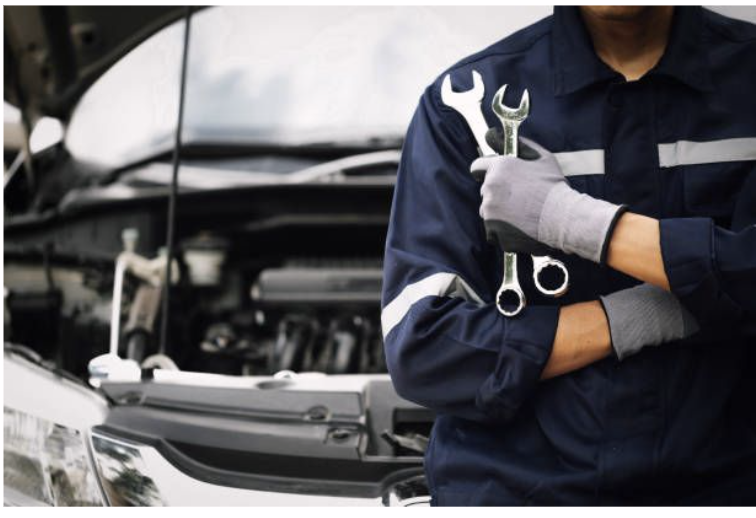Blog
Top Mistakes Drivers Make When Using DPF Cleaners

Diesel Particulate Filters (DPFs) are necessary to maintain engine efficiency and compliance with emission regulations. But as time passes, ash and soot buildup inside the DPF causes problems with performance. Many drivers use DPF cleaners—fuel additives or cleaning solutions made to degrade and remove these deposits—instead of expensive replacements.
Although DPF cleaners work well, improper use can result in poor performance, financial loss, or even long-term harm to the car. We’ll discuss the most common errors drivers make when using DPF cleaners in this blog post, along with tips for avoiding them.
1. Using the Wrong Type of DPF Cleaner
Different DPF cleaners have different qualities. While some are made for heavy-duty trucks, others are made for passenger cars. Using the incorrect cleaner can cause damage to your engine and decrease its effectiveness. Make sure the product is compatible with the type of vehicle you own by always reading the label.
2. Ignoring Manufacturer Instructions
Ignoring the manufacturer’s dosage and usage instructions is one of the most common mistakes. In addition to not producing the desired effects, adding too much or too little cleaner can lead to problems with combustion efficiency.
3. Expecting Instant Results
Many drivers assume that after just one use, their DPF will be completely cleaned. In actuality, the degree of soot accumulation and the condition of the filter determine how effective DPF cleaners are. Filters that are extremely clogged might need to be cleaned by professionals or even replaced.
4. Using DPF Cleaners as a Quick Fix for All Problems
While a DPF cleaner can aid in the removal of soot, it cannot resolve mechanical problems such as malfunctioning sensors, subpar fuel injectors, or damaged turbochargers. Recurrent DPF blockages are frequently caused by relying solely on additives without addressing underlying problems.
5. Not Driving Long Enough After Application
For DPF cleaners to effectively activate and burn off soot, prolonged heat is typically required. The conditions required are not met by quick city trips. You’re not giving a DPF cleaner the chance to do its job if you put it in and only drive a few kilometers. It is frequently advised to take a lengthy drive at highway speeds.
6. Delaying Cleaning Until It’s Too Late
Before acting, some drivers wait for the DPF warning light to illuminate. By that time, the filter might already be severely clogged, which would make cleaners less effective. Using DPF cleaners on a regular basis helps prevent future costly repairs.
7. Mixing DPF Cleaners with Other Additives
Without knowing how well they work together, combining various fuel additives can result in chemical imbalances or decreased efficiency. Unless the manufacturer certifies that combining products is safe, only use one product at a time.
8. Buying Cheap, Low-Quality Cleaners
Not every DPF cleaner is made equally. Certain inexpensive options might not have undergone adequate testing, which could result in subpar performance or even fuel system damage. Purchasing from a reputable, superior brand guarantees both efficacy and safety.
Conclusion
DPF cleaners are an affordable way to keep your diesel car maintained and prolong the filter’s life. Misuse of them, however, can result in disappointment and needless costs. You can keep your engine operating smoothly and prevent expensive DPF replacements by avoiding these common mistakes: selecting the appropriate cleaner, using it as part of routine maintenance, and adhering to instructions.
Seek advice from a reputable mechanic or service facility if you’re unclear of the best course of action for your car.
